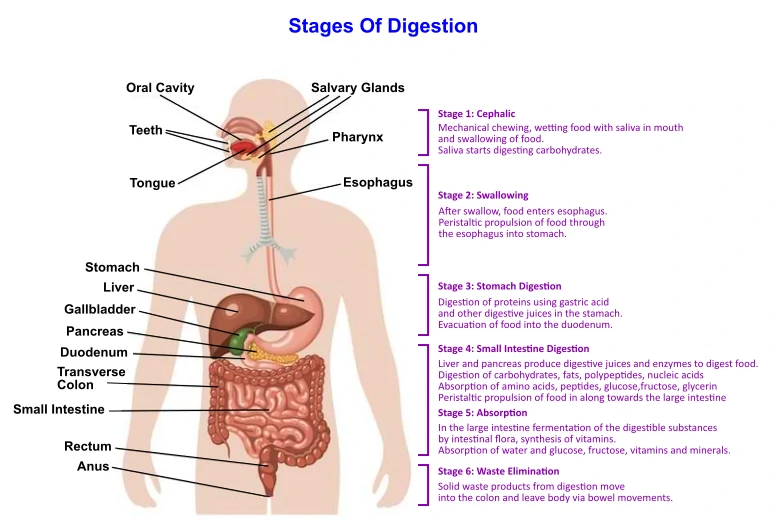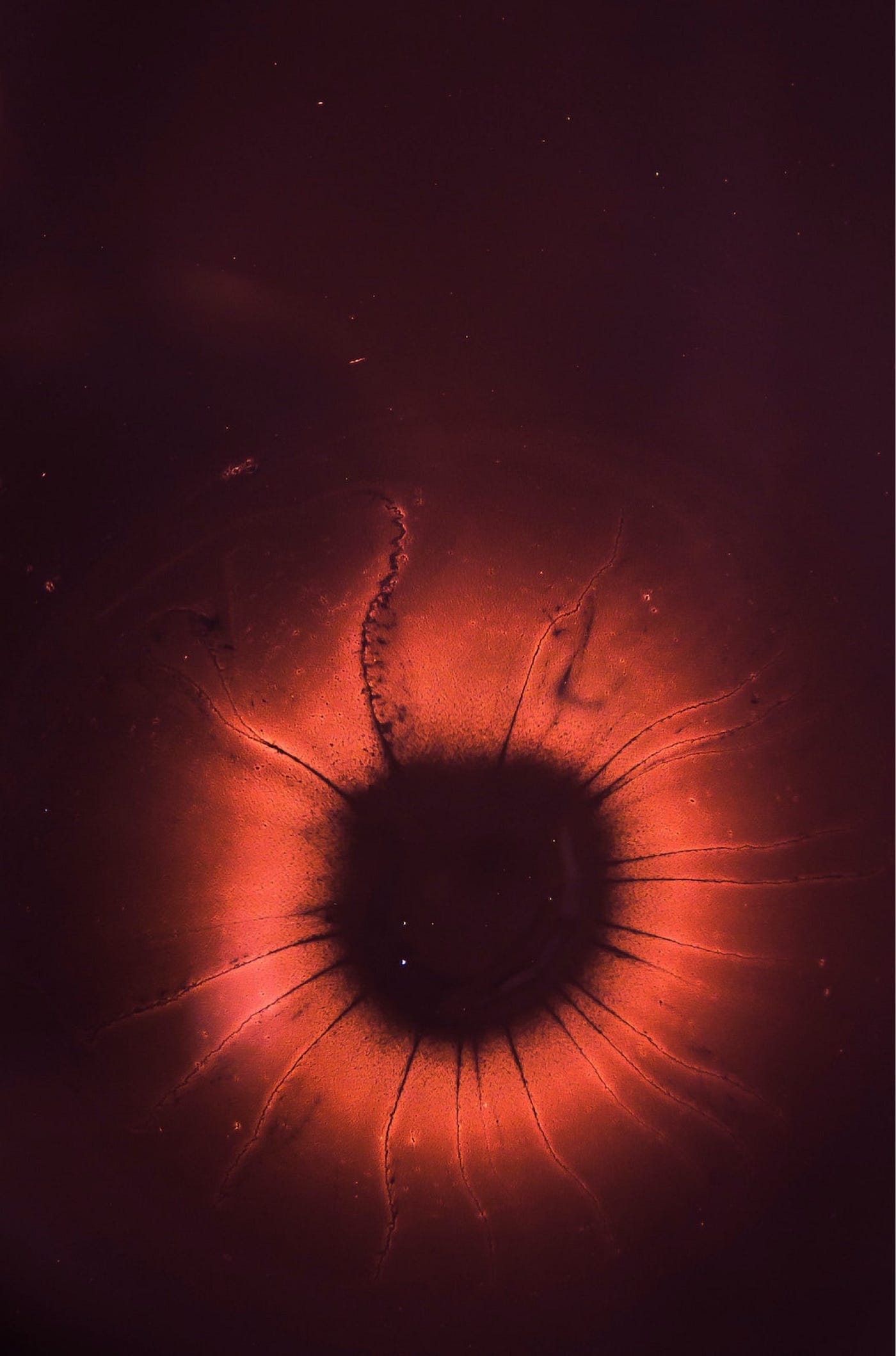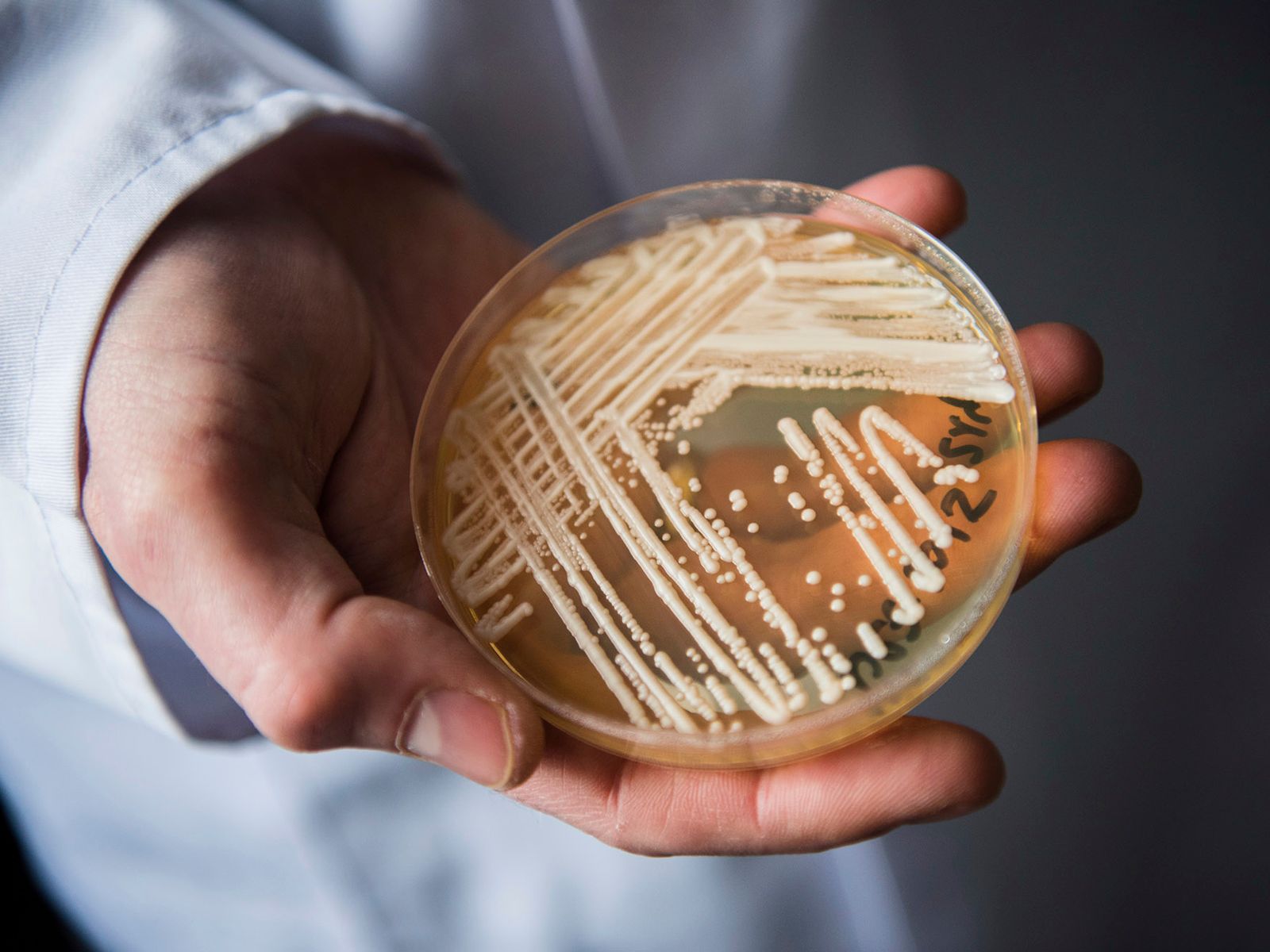In the next decade, advances in our understanding of microbes and microbiomes will likely transform our way of life; providing novel therapeutics, alternate energy sources, and shaping fundamental
A New Drug-Resistant Fungus Is Spreading in Hospitals. Is It The Last of Us in Real Life? | The Brink | Boston University
Mar 6, 2023Our planet is populated by at least a trillion species of microorganisms. Every life form is sustained by them and they make the planet habitable. Only a minority of them, about 1400 species, cause infectious diseases that are responsible for human morbidity, mortality, pandemics and the resulting huge economic losses. Modern human activities, environmental changes and the attempt to control

Source Image: mdpi.com
Download Image
1.3: Types of Microorganisms Microorganisms are very diverse and are found in all three domains of life: Archaea, Bacteria, and Eukarya. Archaea and bacteria are classified as prokaryotes because they lack a cellular nucleus. Archaea differ from bacteria in evolutionary history, genetics, metabolic pathways, and cell wall and membrane composition.

Source Image: science.org
Download Image
How Do Organisms Affect and Respond to Climate Change? · Frontiers for Young Minds The World is Full of Bacteria. There are over a billion microbes in just one liter of ocean water [1]. The same goes for a liter of soil. As the human population reaches 7 billion individuals worldwide in 2011 [2], it is a fitting time to reflect on the number of microbes that share our home, Planet Earth.

Source Image: mdpi.com
Download Image
The Identities Of Microorganisms On Our Planet
The World is Full of Bacteria. There are over a billion microbes in just one liter of ocean water [1]. The same goes for a liter of soil. As the human population reaches 7 billion individuals worldwide in 2011 [2], it is a fitting time to reflect on the number of microbes that share our home, Planet Earth. Researchers are certain that human activity has resulted in a decline in plant and animal species. But a huge unknown remains: what impacts have human actions —ranging from climate change, to ocean acidification, deforestation and land use change, nitrogen pollution, and more — had on the Earth’s microbes?
Microorganisms | Free Full-Text | Metabolic Engineering of Model Microorganisms for the Production of Xanthophyll
A microorganism is a living organism that can only be seen using a microscope. Microorganisms are incredibly diverse and include bacteria and fungi as well as archae, protists, plankton and some amoebae. Viruses are not considered to be living organisms but are often considered to be microorganisms because of their extremely small size.. The invention of the microscope allowed humans to look Understanding the Complexities of the Human Digestive System

Source Image: geniebook.com
Download Image
The Microscopic Marvels: Journey into the World of Microorganisms | by Mustafa Germec, PhD | Medium A microorganism is a living organism that can only be seen using a microscope. Microorganisms are incredibly diverse and include bacteria and fungi as well as archae, protists, plankton and some amoebae. Viruses are not considered to be living organisms but are often considered to be microorganisms because of their extremely small size.. The invention of the microscope allowed humans to look

Source Image: afatsumcemreg.medium.com
Download Image
A New Drug-Resistant Fungus Is Spreading in Hospitals. Is It The Last of Us in Real Life? | The Brink | Boston University In the next decade, advances in our understanding of microbes and microbiomes will likely transform our way of life; providing novel therapeutics, alternate energy sources, and shaping fundamental

Source Image: bu.edu
Download Image
How Do Organisms Affect and Respond to Climate Change? · Frontiers for Young Minds 1.3: Types of Microorganisms Microorganisms are very diverse and are found in all three domains of life: Archaea, Bacteria, and Eukarya. Archaea and bacteria are classified as prokaryotes because they lack a cellular nucleus. Archaea differ from bacteria in evolutionary history, genetics, metabolic pathways, and cell wall and membrane composition.

Source Image: kids.frontiersin.org
Download Image
Q&A: What if Immune Cells Don’t Actually Detect Viruses and Bacteria? | The Scientist Magazine® Additionally, microorganisms from the three domains of life, i.e. Bacteria, Archaea, and five out of seven kingdoms of Eukarya [ 28 ], play an irreplaceable role in the maintenance of the healthy global ecosystem that supports all life forms.

Source Image: the-scientist.com
Download Image
A deep dive into different parts of a plant and their functions The World is Full of Bacteria. There are over a billion microbes in just one liter of ocean water [1]. The same goes for a liter of soil. As the human population reaches 7 billion individuals worldwide in 2011 [2], it is a fitting time to reflect on the number of microbes that share our home, Planet Earth.

Source Image: geniebook.com
Download Image
8 chapter 10 a survey of the microbial world | PPT Researchers are certain that human activity has resulted in a decline in plant and animal species. But a huge unknown remains: what impacts have human actions —ranging from climate change, to ocean acidification, deforestation and land use change, nitrogen pollution, and more — had on the Earth’s microbes?

Source Image: slideshare.net
Download Image
The Microscopic Marvels: Journey into the World of Microorganisms | by Mustafa Germec, PhD | Medium
8 chapter 10 a survey of the microbial world | PPT Mar 6, 2023Our planet is populated by at least a trillion species of microorganisms. Every life form is sustained by them and they make the planet habitable. Only a minority of them, about 1400 species, cause infectious diseases that are responsible for human morbidity, mortality, pandemics and the resulting huge economic losses. Modern human activities, environmental changes and the attempt to control
How Do Organisms Affect and Respond to Climate Change? · Frontiers for Young Minds A deep dive into different parts of a plant and their functions Additionally, microorganisms from the three domains of life, i.e. Bacteria, Archaea, and five out of seven kingdoms of Eukarya [ 28 ], play an irreplaceable role in the maintenance of the healthy global ecosystem that supports all life forms.